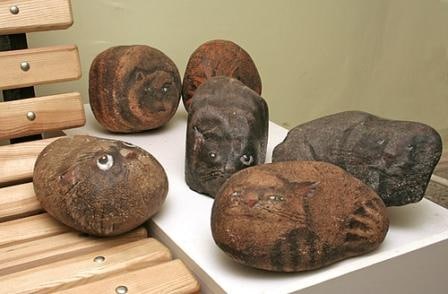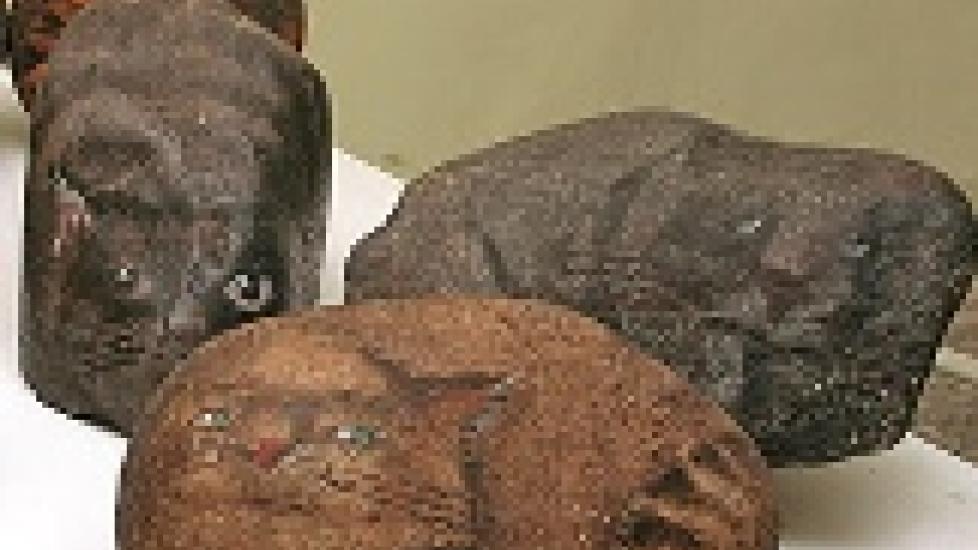Treatment Options for Bladder Stones
Today we’ll take a look at the treatment options available for cats when the X-rays or ultrasound have confirmed the presence of bladder stones.
A common part of the medical work-up for a cat that has urinary symptoms (e.g., urinating outside of the litter box, straining to urinate, etc.) is an abdominal X-ray and/or ultrasound. Veterinarians use these diagnostic tools to look for anything abnormal within the abdomen, but I would be willing to bet that bladder stones (otherwise known as uroliths) are at the top of the rule-out list whenever these tests are ordered for a cat suffering from inappropriate urination.
All bladder stones are not created equal. They can be composed of different types of minerals and other substances, but for our purposes we will only talk about struvite and calcium oxalate stones, which respectively represent 46 and 45 percent of all the feline uroliths sent to the Minnesota Urolith Center in 2010 for analysis. (As an aside: If a cat’s bladder stones are removed, they should always be sent off for analysis. This not only helps to plan appropriate treatment for the individual in question, but is also important for research.)
You might be thinking, "Who cares what type of stones Fluffy has? We just want them gone." Well, that’s the whole point. How best to make them go away is based almost entirely on what type of stone a cat has.
Calcium oxalate stones need to be physically removed from the bladder. This is almost always done with surgery, although in certain circumstances advanced procedures like lithotripsy (breaking up the stones with ultrasonic shock waves) might be an option. Surgery on the bladder is not all that difficult, but it does carry with it the risks associated with general anesthesia, leaving stones behind, surgical complications, etc. That said, if your cat needs surgery to remove calcium oxalate bladder stones, you really don’t have any other widely-available options, so go ahead and schedule it.
Struvite stones are a different story. They can actually be dissolved using simple dietary therapy or by administering medications that acidify the urine. The choice between eating a certain type of food for a few weeks versus bladder surgery seems like a pretty obvious one to me. So, if your cat is ever diagnosed with bladder stones, make sure your veterinarian tells you what kind of stones are involved before agreeing to surgery.
A veterinarian can usually determine the composition of the stones based on urinary pH and an examination of a urine sample under the microscope: Struvite crystals are visible with struvite stones, and calcium oxalate crystals are visible with calcium oxalate stones.
Of course nothing in medicine is ever perfectly clear-cut. If a cat has numerous or extremely large struvite stones, for example, surgery might be the best option, although using nutritional management along with pain relief would still be worth a try.
Regarding nutritional management of stones: Don’t let your cat’s finicky eating habits push you into surgery. Several different manufacturers make both canned and dry diets that will dissolve struvite stones. Chances are at least one will appeal to your cat.

Dr. Jennifer Coates
Image: Stone cats =) by Finnan Fotowski

